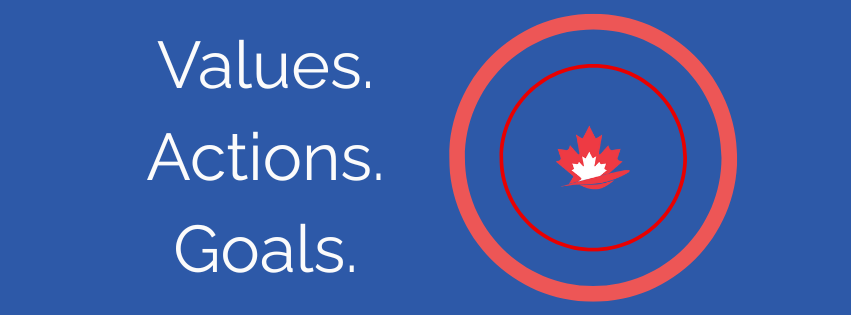NLP is famous for improving the way you can read other people. It’s important to think about what that means and how NLP works.
The science that explores how well we can guess what someone else is thinking is still not clear. While it’s easy to show that we are bad at making wild guesses, it’s harder to set up research to explore what happens when you make a practice of predicting other people’s choices.
In NLP courses, we learn to build rapport and read changes in ourselves while we are connected to others. The mind you read is always your own, but it is your mind under the influence of someone else’s thoughts and feelings. You mirror what you can observe and notice the impact that those changes have made on you.
This is how you produce a guess about what someone else might be thinking or feeling. Then you use the rapport you have built to test your reading. When you test, you often find that you were not exactly right. But you also get information you wouldn’t have discovered without observation and a guess.
There will be moments this week when you are sure you know what someone else is thinking. This is your chance to practice the art of guess-and-test. If you always believe you’re right, you’ll never get better at accurately reading another person. We only learn through feedback.



